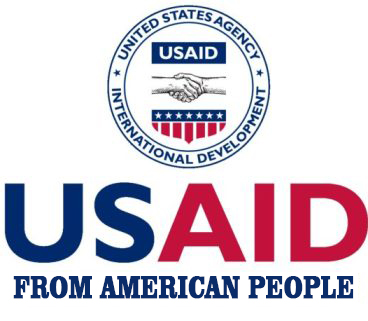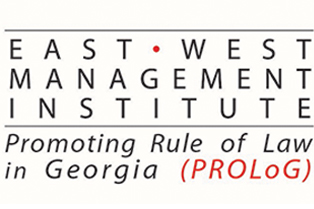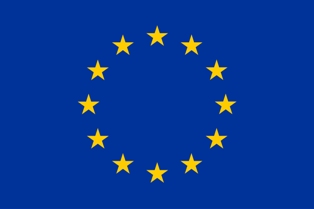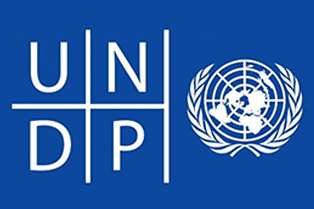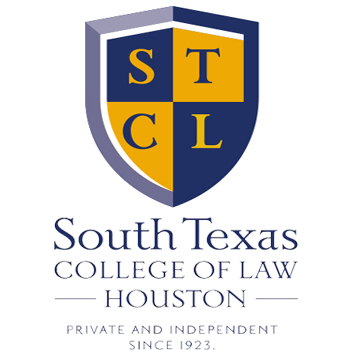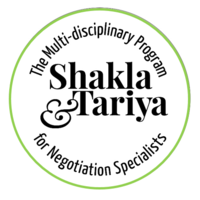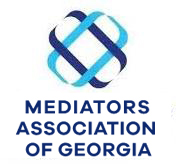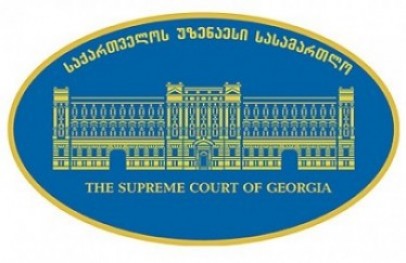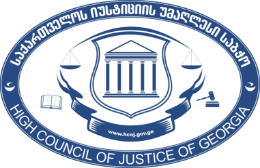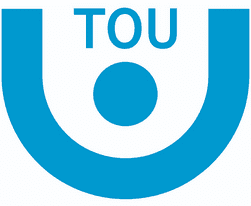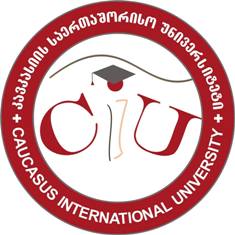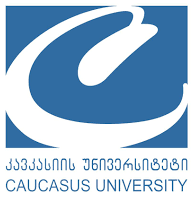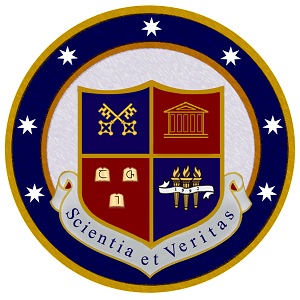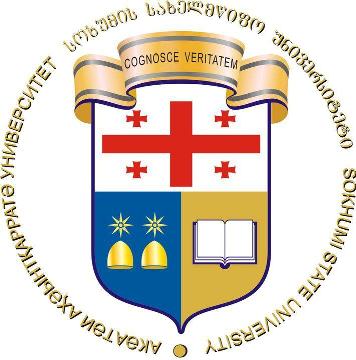Ethical Challenges and Models of Mediation: “I Understand You”
2018-02-21
Mediation, as a profession, is becoming more and more popular considering its essence, effectiveness and simplicity creating the basis to talk about ethical problems and models. The present blog shall discuss main ethicalchallenges of mediator’s activities, and while analyzing established models of ethics, we will find the answer to the question: does practice lead us to perfection in mediation process?
- I understand you. I understand you very well...
- It is unfortunate but is a fact…
- Yes, this could happen but…
- We may think what caused this situation?
- Let’s look for reason of your dissatisfaction and think how to eradicate it…
These rhetorical questions and phrases reflect well what a person needs in mediation process: support, condolence and equality. I think that these three principles collaborated by me determine effective and efficient relationships typical not only to dispute resolution but also represents the basis of arts and gives us the feeling of safety. However, it is disputable and often is an unanswered question - where is the limit between these three principles and equity, justice and equity.
“Sympathizing with the person while he is in peril is the same as dew for the plant,” “if you can’t help the misfortunate, you can sympathize with him” – this may be the figurative speaking of the thoughts of mediators, however these two phrases do not have any link with the law of positivists.
Unlike classical legal institutes, mediation offers dispute resolution process based on relationships, communication where mediator has unconditional freedom to look for justice. While this research, the mediator needs some limits in morality and justice. Therefore, many countries have adopted codes of conducts for mediators. While analyzing these codes, we can see several basic principles: competence, neutrality, self-express, quality, confidentiality, advertising the services and compensation. Even though the legal researchers agree with these basic principles, preambles of almost every code of conduct state that it is a personal responsibility of each mediator, how to conduct the process and gives opportunity to settle the mediation activity with internal regulations. Hence, there are not many practical guidelines for legally regulating ethical issues. In this regard, the book “Mediation Ethics: Cases and Commentaries” of Ellen Waldman is interesting. It begins with philosophy of mediation (values, models and codes) and every new chapter represents new case and attached commentaries. According to Waldman, mediation ethics has three bases: autonomy, procedural justice and “fruitful” exit. Autonomy has the biggest place among these three and it is full with ethical dilemmas such as: balancing emotions, strength, information and self-determination from the parties and while debate of the parties, the mediator has the dilemma of good faith, justice and disclosing relevant information.
Aristoteles linked ethics with the question: what shall we do to separate justice and injustice? Two models of mediation ethics have been inculcated in legal literature: regulatory and practical. According to the regulatory model, higher professional society create general standards of conduct rules which are mandatory for everybody. Critics of this model, David Luban, William Simon and Christine Parker state that this model leaves real relationships and obligations of the parties carelessly. Its formal and less practical character creates illusion of compulsion and does not deal with the challenges we will discuss. Therefore, practical model was created which creates mandatory rules for mediators’ conduct considering the specific “scenario”. In this case, general conceptions are repulsed and attention is given to precedents that may be used in any other similar circumstances. Supporters of this model, who also are lawyers of Anglo-American law countries, consider that the main advantage is that such precedents are created inside itself legal society and is not regulated by any higher professional society. Therefore, it is more relying on the relationship, dynamic and flexible unlike hierarchical, formal regulatory model.
Attractiveness of the practical model in mediation process is supported by the following arguments: mediation is a process based on certain relationships and does not need traditional approaches typical to regulatory models; mediation is considered as the dispute resolution tool not having the united structure, its non-structural character does not refuse to the existence of united model of ethical regulations; mediation is the process based on the interests and needs flexibility.
Mediation process may be compared to theatric production. When the actress ignores the scenario, improvisation becomes her biggest weapon. Conducting the process by the mediator needs different approaches. Hence, using one specific model in mediation activity is excluded which itself is one of ethical challenges. Despite existence of general conception in mediation ethics, every other instance may create need of using new models.
The researches have revealed that in mediation practice not only looking for an appropriate model is the challenge for the mediators. There also are bigger challenges for mediators morally and ethically: 1. Skills required for the process are often beyond the limits of mediators’ readiness (for example, determining volume of violence, effective see of the party); 2. Impartiality of the mediator when arguments of one party is more convincing, has sympathy or contrary antipathy for the parties; 3. Protection of confidentiality during unjust and unfair mediation settlement; 4. Settlement when track of physical or physical violence in apparent; caused by mental discord or lack of information; 5. Struggle between impartiality and correct decision, desire of controlling process for just decision; 6. Struggle between neutrality and needed legal or therapies help; 7. Potential damage to the parties in case they do not reach the decision or the decision will not solve the problem; 8. Use of mediation process by the parties in order to get information, gain time and blackmailing the other party; 9. Conflict between the interests of the mediator and valuable process of the parties (for example, when the court forces the mediator to finish the case fast, using personal contacts by the advocates).
Dividing into categories is factual and, in most cases, contradict each other; however, several important conclusions may be made by differentiating such dilemmas: 1. Categorization helps the mediator to define different situational approaches; 2. It is essential to create practical guidelines and determine strategies to control the process; 3. Most of dilemmas are linked to self-determination which threatens the impartiality and neutrality of the mediator. The latter may be illustrated by the court mediation. Nowadays, the disputants without the representatives more rarely engage in court mediation process. Therefore, it is important for the representative to “trade” and settle and not to get close and analyze the problem radically. In addition, we rarely see creative decisions in court mediation caused by the “desire” of the advocates and mediators to transfer everything to financial and legal rails. Therefore, mediation becomes more evaluative, process oriented than facilitative.
Abstractive character of code of ethics only define the mediation and in real restricts the parties and the mediator. Hence, synthesis of procedural and just mediation is doubted. For this reason, it would be better to throw away inspirational and grandiloquent language and focus more on practical initials by the authors. If the mediation ethics code is created for mediators and the parties, it is important to comply with practical challenges.
However, everything is not as easy as it seems and reforming ethics codes may not be solving other dilemmas. Inadmissibility of interests of conflicts is one of the principles of professional ethics. Hence, law firms and private mediators cannot any more be representatives due to their participation in mediation. In small number societies, where big part of society may know the mediator, establishing such limits may hinder improvement of mediation practice. Can the arbitrator be the mediator in the same case or contrary, mediator the arbitrator?! – this question is still not answered. For this reason, it is better to limit the rights of mediator by legislation – be involved in the proceedings in court or the arbitration, as the advocate in mediation process for protecting one party’s interests.
And lastly, “I understand you”. In real how can the mediator listen and condole? What limits the mediator? Can the personal motives influence the mediators? Can the divorced mediator or co-author of the car accident participate in such case as the mediator? These are the questions that cannot be regulated by legal acts. Therefore, every mediator shall internally look for answers and then endow in improvement of mediation practice.
“The most powerful weapon I use with my clients is that I tell them: I am listening to you with attention and I understand you”- states one American mediator Joy S. Rosenthal. “I am listening” and “I understand” are what the parties demand. Support and condolence in the process, structured trainings and minimal standards – considering all these by the practitioners and theorists will be the step forward for solving ethical dilemmas.
And if you, reading this blog, want to be or already are a professional mediator, remember that ethics code is in you, depending how will you improve your practice.
“Every person has the sun inside – just let it shine.”
Bachelor Student at TSU
Faculty of law


